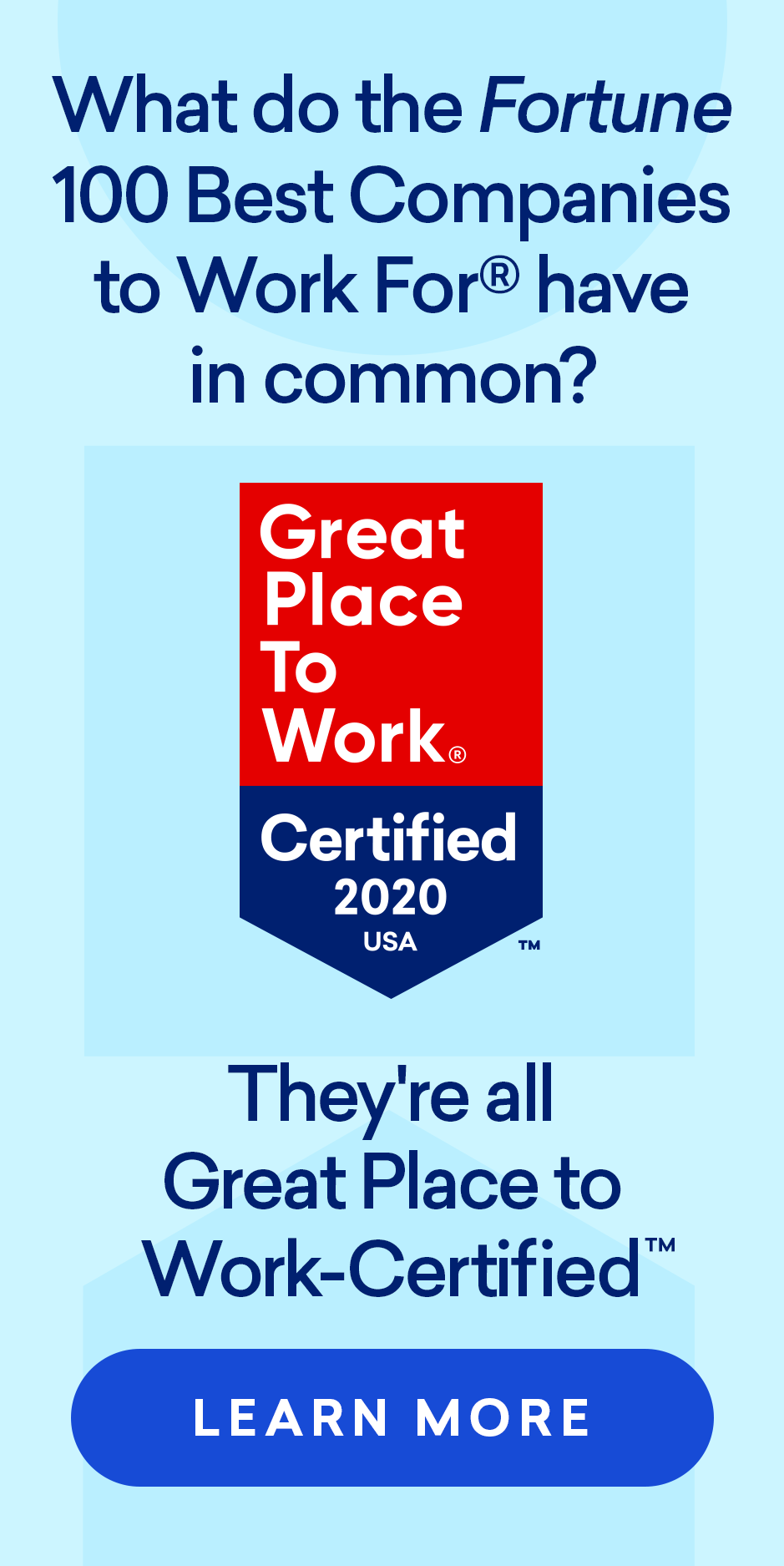With costs of medical plans escalating and new regulations looming due to health-care reform, businesses of all sizes are scrambling to manage the impact to their bottom lines, while still trying to provide attractive options. To do this, leaders need to be creative and careful to avoid damaging employee morale and motivation.
Managers of some of the best small workplaces have developed innovative approaches to employee benefits. They prove equally creative when it comes to handling health-care costs and regulatory change. Here are five examples that you may want to consider for your own business:
1. Share information in a credible and personal way.
Health-care reform has made it more important than ever for business managers to appropriately explain their company's medical benefits. Leaders should give employees a clear picture of what options their companies offer and the reasons why. These communications should include facts such as what percentage of costs the company and employees cover, how costs are growing and affecting the company's finances, and which plans best support each individual's situation.
To this end, leaders at American Fidelity Assurance, an Oklahoma City-based family-owned insurance provider, created a communication campaign last year when its managers decided it was necessary to change the company's health-care offerings. Included in the campaign were a series of emails and seminars from executives, "One-on-One labs" where the company's 1,500 employees got individualized time to discuss their plans and automated tools to them understand and compare which plan is best.
2. Give employees a voice.
Allowing employees to research and select which health-care options the company provides them with first-hand knowledge of the issues and facts while also ensuring their concerns are represented in the process. Leaders at Heinfield & Meech, a Tucson, Ariz.-based accounting firm, organized a committee of employees from all levels, genders, ages and marital statuses to review the company's health insurance options. The committee spent several hours pouring over different plans and considered input from the company's 85 employees before choosing its current medical options.
3. Be creative with cost sharing.
Employers can choose how they want to spread the impact of rising health-care costs. In 2007, when costs began escalating for Dixon Schwabl, a Victor, N.Y.-based advertising and public relations firm, many of the company's 82 employees began considering whether or not to decline health benefits altogether rather than take on higher rates. In response, the firm introduced a sliding scale benefit for health and dental insurance. For employees with the lowest annual salaries, the firm covers the majority of health-care costs. Those making the highest salaries pick up more of the cost, with top earners paying up to 100 percent of premiums.
4. Encourage wellness.
Not only can a successful wellness program keep people away from the doctor and costs down, strong programs build camaraderie and show employees their employer cares. At Kahler Slater, a Milwaukee-based architectural design firm, employees have access to health coaches and risk assessments. Individuals who meet health goals are rewarded with a discount of $720 off his or her annual 2010 health premiums. In addition, the firm sponsors a Wellness Committee that creates promotional and competitive activities to keep its 125 employees engaged. The committee works on three firm-wide activities per year, including charity weight loss challenges and events such as a "Fast Food Challenge," which encourages employees to avoid fast food for a month.
5. Consider supporting high deductible plans.
An increasingly common health-care plan among the best small workplaces is a high deductible preferred provider organization (PPO) accompanied by a health savings account (HSA). This approach typically gives more control to employees in managing their health care and lowers costs for the company.
Take Heinfield & Meech for example. The firm began contributing to HSAs for employees who participate in the high-deductible PPO plan -- $500 per year for any single employee and id="mce_marker",000 for any employee with dependents. The firm also pays the administrative costs for the HSAs.
Benefits are a core piece of the employee-employer relationship. While costs are increasing and forcing change, organizations that take a respectful and communicative approach can realize an opportunity to strengthen employees' commitment and dedication.
This article first appeared on Entrepreneur.com on June 6, 2011.











